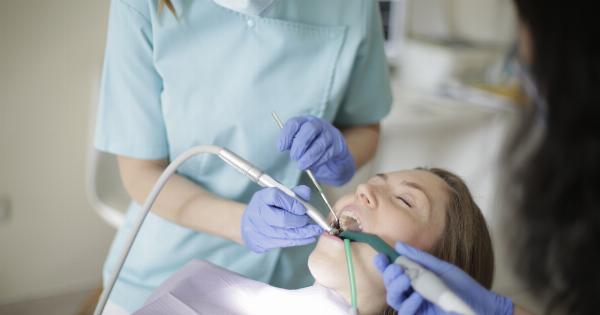Botox and other aesthetic procedures have become increasingly popular in recent years as people strive to maintain their youth and beauty. However, the industry is largely unregulated, and there is growing concern about the safety of these treatments.
As a result, the UK government is considering tougher regulations for Botox and aesthetic surgery in Britain.
The Current State of Regulation in the Aesthetic Industry
Currently, there are minimal regulations in place to oversee the aesthetic industry in the UK. Practitioners do not need to be trained in non-surgical cosmetic treatments such as Botox, dermal fillers, and chemical peels.
This has led to concerns about the safety of these treatments, and the number of botched procedures has been increasing.
The Cosmetic Surgery Interspecialty Committee (CSIC) has proposed a number of regulatory changes, which include mandatory training and certification for all practitioners who perform non-surgical cosmetic treatments.
They have also proposed the creation of a new category of “low-risk” cosmetic treatments, which would be subject to tighter regulations than currently dominate.
The Proposed Changes
The proposed changes are aimed at improving the standard of care for patients and reducing the number of botched procedures.
The key proposals put forward by the CSIC fall into three main categories: training and certification, advertising and promotion, and patient protection.
Training and Certification
The CSIC has proposed that all practitioners who perform non-surgical cosmetic treatments should be trained and certified. This would include Botox, dermal fillers, and chemical peels.
Training would be provided by accredited bodies, and only those who pass the training and certification process would be allowed to perform treatments.
Advertising and Promotion
The committee has also proposed stricter regulations for advertising and promotion of aesthetic treatments. They recommend that all advertising and promotion must be truthful, clear, and not misleading.
Practitioners would be required to provide patients with accurate information about the risks and potential side effects of the treatment.
Patient Protection
The final category of proposed changes relate to patient protection. The CSIC has recommended that patients should be given a cooling-off period of at least 14 days before any non-surgical cosmetic treatment.
This would give them the chance to consider whether they still want to go ahead with the treatment and to ask any questions they may have. Practitioners would also need to provide patients with clear information about the treatment, including what to expect during and after the procedure.
The Risks of Poor Regulation
The risks of poor regulation in the aesthetic industry are significant. Botched procedures can lead to serious injuries and long-term damage to a patient’s appearance.
This can cause significant distress and psychological harm to the patient and can put a significant strain on the NHS.
There have been numerous high-profile cases of botched procedures in the UK in recent years. In some cases, these procedures have been carried out by practitioners with little or no training in the procedure.
This has highlighted the need for tighter regulations in the industry to protect patients.
The Benefits of Tighter Regulation
Tighter regulations in the aesthetic industry would lead to a number of benefits. First and foremost, patients would be better protected from the risks associated with poor treatment.
They would receive accurate information about the risks and potential side effects of the treatment, and they would have more confidence in the practitioners who performed the treatment.
Tighter regulation would also lead to higher standards of care in the industry.
Practitioners who are trained and certified would be more likely to offer safe and effective treatments, and they would be better equipped to handle any complications that arise during or after the procedure.
Conclusion
Tighter regulations for Botox and aesthetic surgery in Britain are long overdue.
The current lack of regulation has led to increasing concerns about the safety of these treatments, and there have been numerous high-profile cases of botched procedures in recent years. The proposals put forward by the Cosmetic Surgery Interspecialty Committee for mandatory training and certification for practitioners and stricter regulations for advertising and promotion and patient protection are a step in the right direction.






























